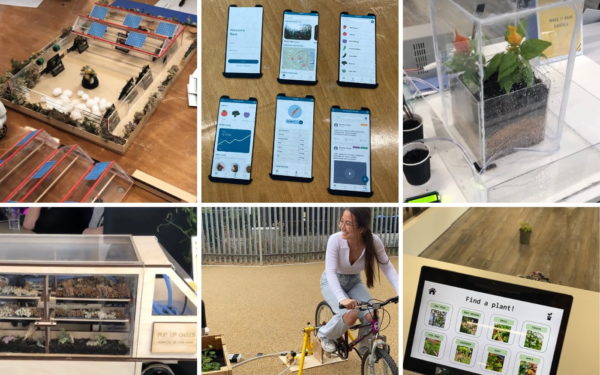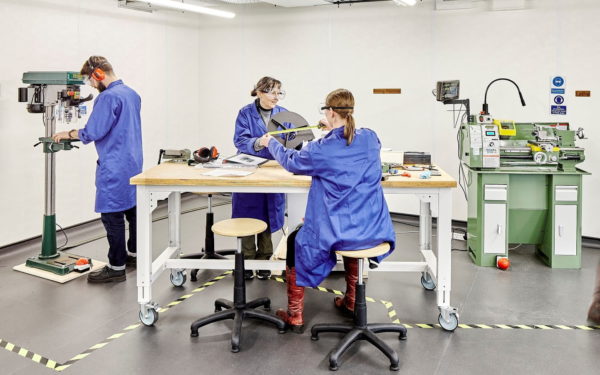The design process and trains: Caught in the rush
TEDI-London summer school student, Nicole Pereira, describes the design phase of her team’s project.

The first week of summer school was busy with research as we had to build up a strong base in order to come up with a solution that would benefit Dementia-friendly communities. On reflection, I compare the whole design process in our project from start to finished product, as a train journey.
That sounds odd and many academics would most likely be horrified by this statement because the design process should be iterative and circular such that we can find improvements and include participatory research. However, my discipline forces me to consider a project as a holistic process.
Trains, when on time, are logical; they have a clear goal (the destination), and so as part of the process you have to make sure you catch the right train.
The second week felt like running for a train that you think you’re going to miss.
We decided as a team not to finalise our idea in the second week and instead focused on researching the problem, solidifying our goal and making sure we knew what time the train was leaving the station (timeframe).
However, to get on the train this week we needed to have finished a project brief with an outline of the project, which was split between 10 people across a 9-hour time zone. To say we cut it fine would be the greatest understatement.
Whenever I run for a train, I have a purpose, but there are several goals in that one action. The first is to make the train with time to spare, the second if that fails to make the train on time, and the last to reach my final destination.
This mirrors our design process completely – at every station that the train stops, you add a piece of the puzzle whether that be research, defining the product, prototyping etc.
Running for that train this week taught me that every second counts and you can do the ‘impossible’, with a project submission 3 minutes before the deadline, 22 pages of work, and many sleepy designers later.
But we caught the train! Here is the theory of change for our project:
‘It is of fundamental importance to empower dementia sufferers to access the public domain so they can interact with their community, their environment, and reduce the stigma that exists around their condition. By designing environments that are safe for all members of the community to interact and find belonging we will create more inclusive communities for people with dementia’.
By the end of week 2 we ran for a train, caught it, and we are now taking the journey all the way into Canada Water where our project will reach its final destination and new home. Sometimes being caught in the rush is the best thing to happen at the start of your design process.
Read more about the 2020 TEDI-London Summer School and view other student profiles and summer school diaries.
More News articles

Summer school 2022 wrap-up
